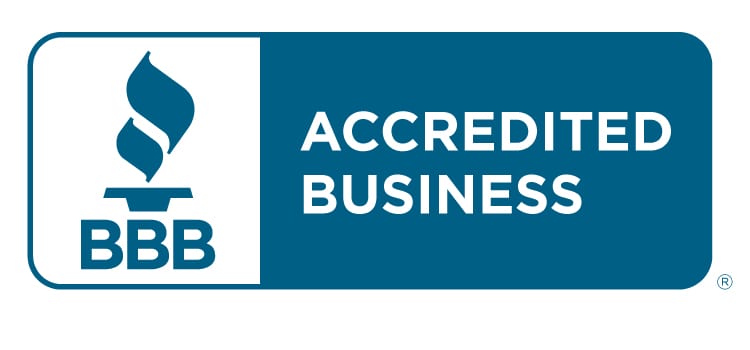
3 Tips for Better TikTok Marketing
New years always bring new trends and best practices to make a bigger impact with your marketing. This year, TikTok is the newer platform on the block that has marketers’ creative juices flowing.
The platform is constantly evolving with new functionalities and brand-boosting capabilities, which makes it an exciting frontier full of new opportunities.
Here are three smart ways to use TikTok for marketing in 2023.
1. Find your TikTok audience.
With more than a billion users TikTok has a lot to offer in terms of views. But unless you have a well-defined target audience, it’s going to be difficult to create the right content for the right people. Use factors like age, geographic location, behavioral demographics, and buying behaviors to hone in on your core audience most likely to buy your products.
2. Stay ahead of TikTok trends.
To stay relevant on TikTok, you have to be able to not only participate in big trends when they occur but also anticipate what’s on deck. Follow influencers and competitors in your field to see what’s gaining steam, and utilize various social media tools to see what topics and hashtags are trending even before they really hit it big.
3. Link up with TikTok influencers.
Authenticity is key for successful influencer marketing, and no one does authenticity better than the viral TikTok creators known as influencers. They are highly relatable to their audiences; therefore the audiences trust their content. Do some back-end research to put together a list of influencers who align with your brand, your audience, and what you’re selling; then reach out and start creating some killer collaborations.
Need more TikTok marketing support? Get in touch.







